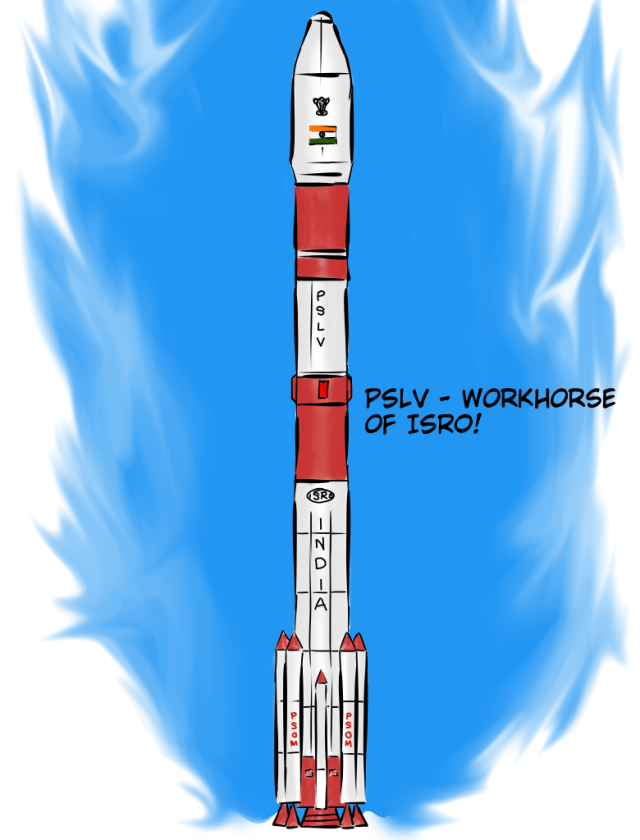Life is full of surprises. At one moment, you are there laughing, drinking and making merry and then, the very next moment, you could die due to circumstances not totally in your control. At one moment, a particular species could be the most dominant life form on earth, thriving and the very next “moment” (in the geological time scale a “moment” could be of the order of thousands of years), that entire species could be wiped off the face of Earth. And when almost 50 to more than 90 percent of all species, living at a particular time on Earth, disappear completely within a relatively short period of time, such a phase is termed as “Mass Extinction”. A mass extinction is basically an apocalypse playing out in the real world – a catastrophic event of unimaginable scale that brings life to the edge of oblivion. During the last 500 million years (m.y.) or so, Earth and life on Earth have witnessed and withstood 5 such apocalyptic events that deserve the tag of “mass extinction.” Even though these phases brought doom to the living beings alive at the time, they also made way for newer, more adaptive life forms to succeed, setting the ball of evolution rolling. In fact, we owe our existence to one such extinction period commonly referred to as the K-Pg extinction event, that occurred almost 66 million years ago (more on this later on in the blog). Scientists have been able to narrow down to a number of culprits, different combinations of which are responsible for annihilating life at different phases of Earth’s history. These are flood basalt eruptions, impact events, glaciation, sea level fluctuations, methane release, global anoxia, global climate change (extreme warming and cooling), plate tectonics, gamma rays and disease which acted as reset buttons in the history of life on earth. These factors will come into play in varied proportions as we trace Earth’s history starting from approximately 540 m.y. ago. So buckle up for a ride!
 Continue reading →
Continue reading →






